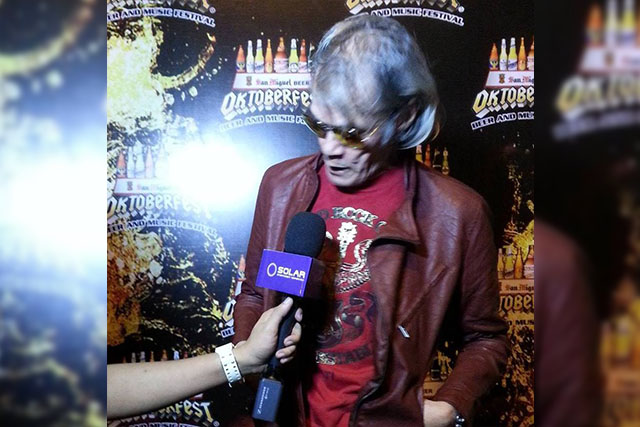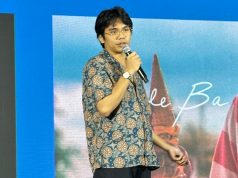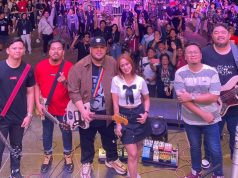Musicians and music enthusiasts mourned the passing of Filipino rock icon Joseph “Pepe” Smith who was a member of the Juan de la Cruz band, considered pioneers of the Pinoy rock music.
Smith passed away in the early hours of January 28, Monday at the age of 71. According to his daughter Daisy Smith-Owen, he was rushed to the hospital prior although the cause of death is not yet determined.
Some of the figures in the music industry who expressed their condolences are Callalily frontman Kean Cipriano, pop-alternative rock band Orange and Lemons and former APO Hiking Society member Jim Paredes.
Rest in peace Sir Pepe Smith. 🙏🏻
— kean cipriano (@keancipriano) January 28, 2019
A Pinoy Rock icon passed away. RIP Pepe Smith.
— Orange & Lemons (@moonlanegardens) January 28, 2019
Another OPM legend bites the dust. With deep sadness, i say Farewell Pepe Smith. Gentle travels.
— Jim (@Jimparedes) January 28, 2019
Others honored the musician like indie-alternative rock band Autotelic.
Saludo sa isang Pinoy rock icon. Rakenrol tayo sa langit next time, Pepe Smith. 🎸
— Autotelic (@AutotelicMusic) January 28, 2019
Smith suffered three strokes in his lifetime—in April 2015, July 2016 and November 2017. The medical condition previously left the rock icon with a minor speech impediment.
‘Mick Jagger of the Philippines’
The legendary rock icon started his music career at the young age of nine, when the self-taught musician shared that he would “beat water gallons” as a form of makeshift drumming.
By 11-years-old, Smith made his own band with the help of his school friends named The Blue Jazzers. It was later on renamed as The Villains and then The Surfers.
It was The Surfers era that led Smith and his bandmates to perform in Vietnam for six months in the early ’60s.
Eventually, he became the lead vocalist and drummer of Downbeats where he got the moniker “Mick Jagger of the Philippines.”
The band appeared on television shows and movies but their appearance as The Beatles’ opening act on July 4, 1966 cemented their prominence. It was also purported that they became a highly paid international band in Hong Kong that time.

Smith moved on to the international music scene and became a singer-drummer for a Japanese psychedelic rock band Speed, Glue and Shinki. They opened for musical acts such as Pink Floyd, the Gary Burton Ensemble and British rock band Free.
By the ’70s, he shifted his interest to the local music industry and joined the Juan de la Cruz band, a band influenced by garage and blues-rock music, with Wally Gonzalez and Edmund Fortuno.
They were immediately recognized for performing rock songs in the Filipino language instead of doing covers or composing songs in English.
Juan de la Cruz also captured hearts of Filipinos when they headlined the first rock festival of the country in December 1970. They also performed a rock opera production called “Jesus Christ Superstar” at the Cultural Center of the Philippines.
Fortuno was replaced with Mike Hanopol but that didn’t stop the group from reaching the pinnacle of the local rock scene.
They churned hits that dominated radios like “Mamasyal Sa Pilipinas,” “Beep Beep,” “Maskara,” “Bagong Malalim,” “Titser’s Enemy No. 1,” and the most popular of all, “Himig Natin.”
“Himig Natin” was considered the anthem of Manila’s post-hippie scene and it served as the catalyst for coining the term “Pinoy rock.”
An article by The STAR noted that it was an “anthem the way John Lennon’s ‘Imagine’ was.”
The band eventually became inactive as the years passed but Smith continued to pursue his musical endeavors and released his own album in 2005 titled “Idiosyncrasies.” — Featured video by Uela Altar-Badayos









